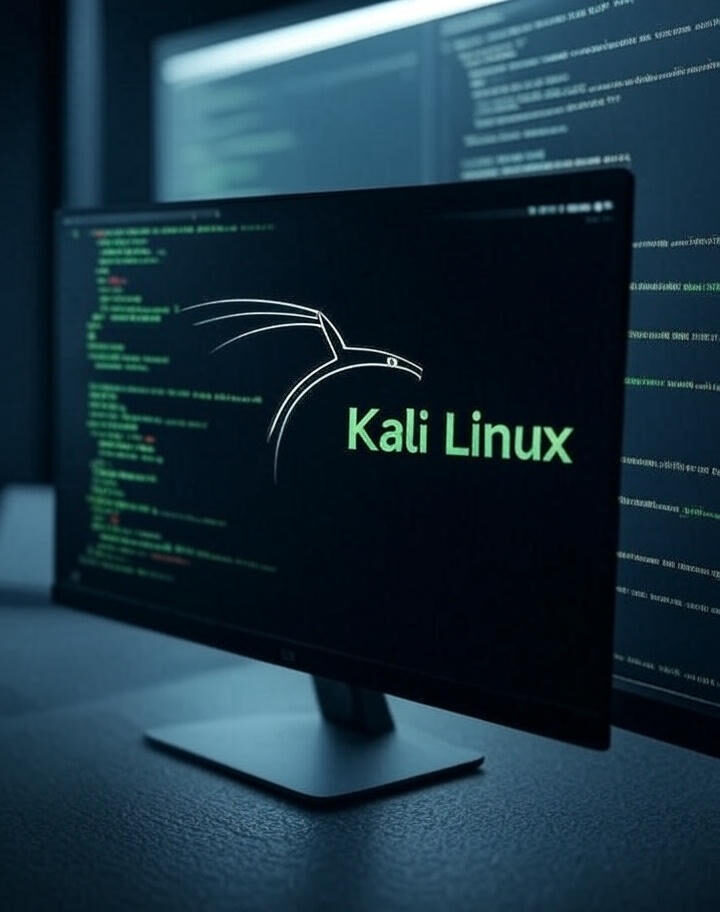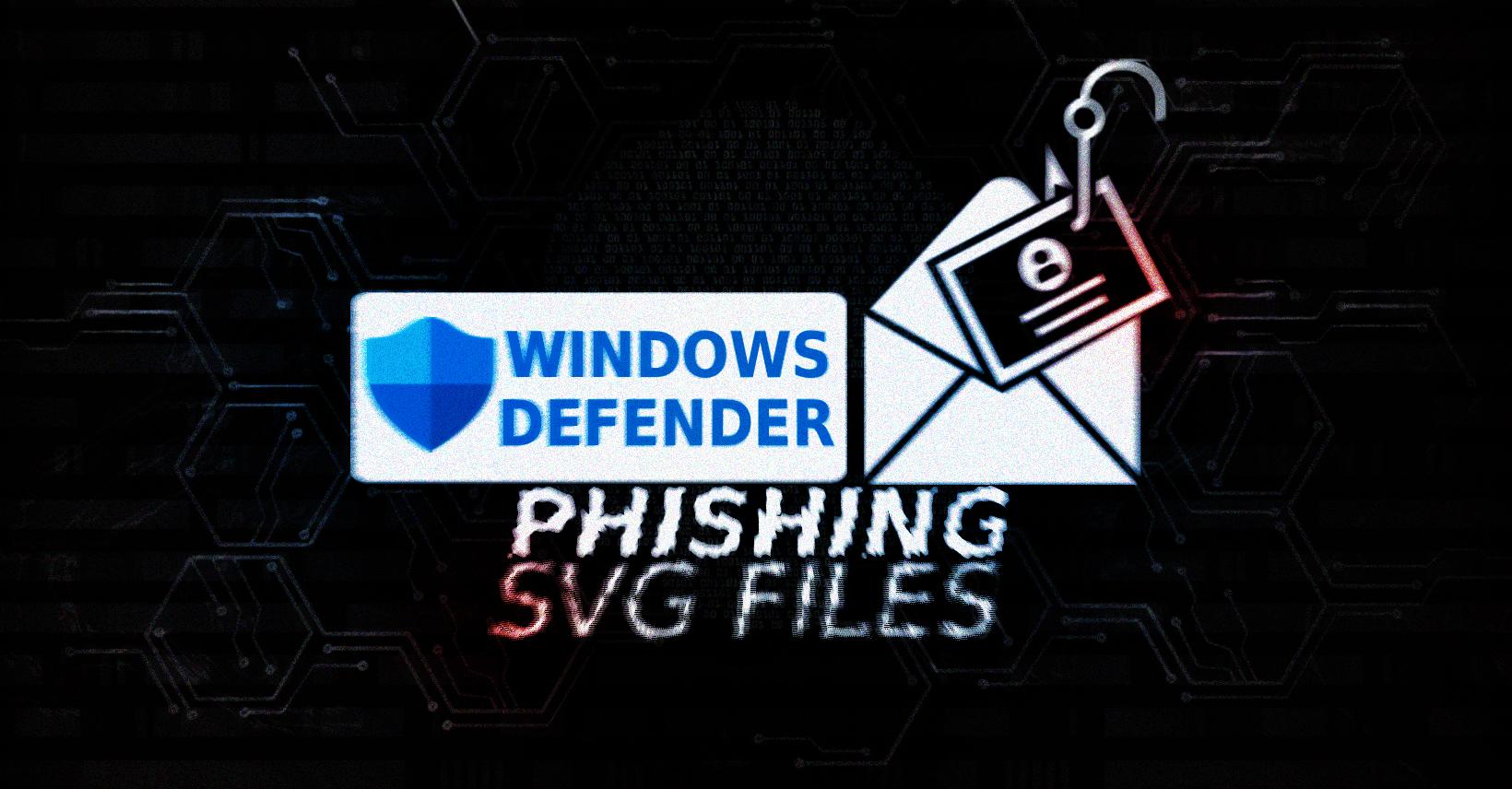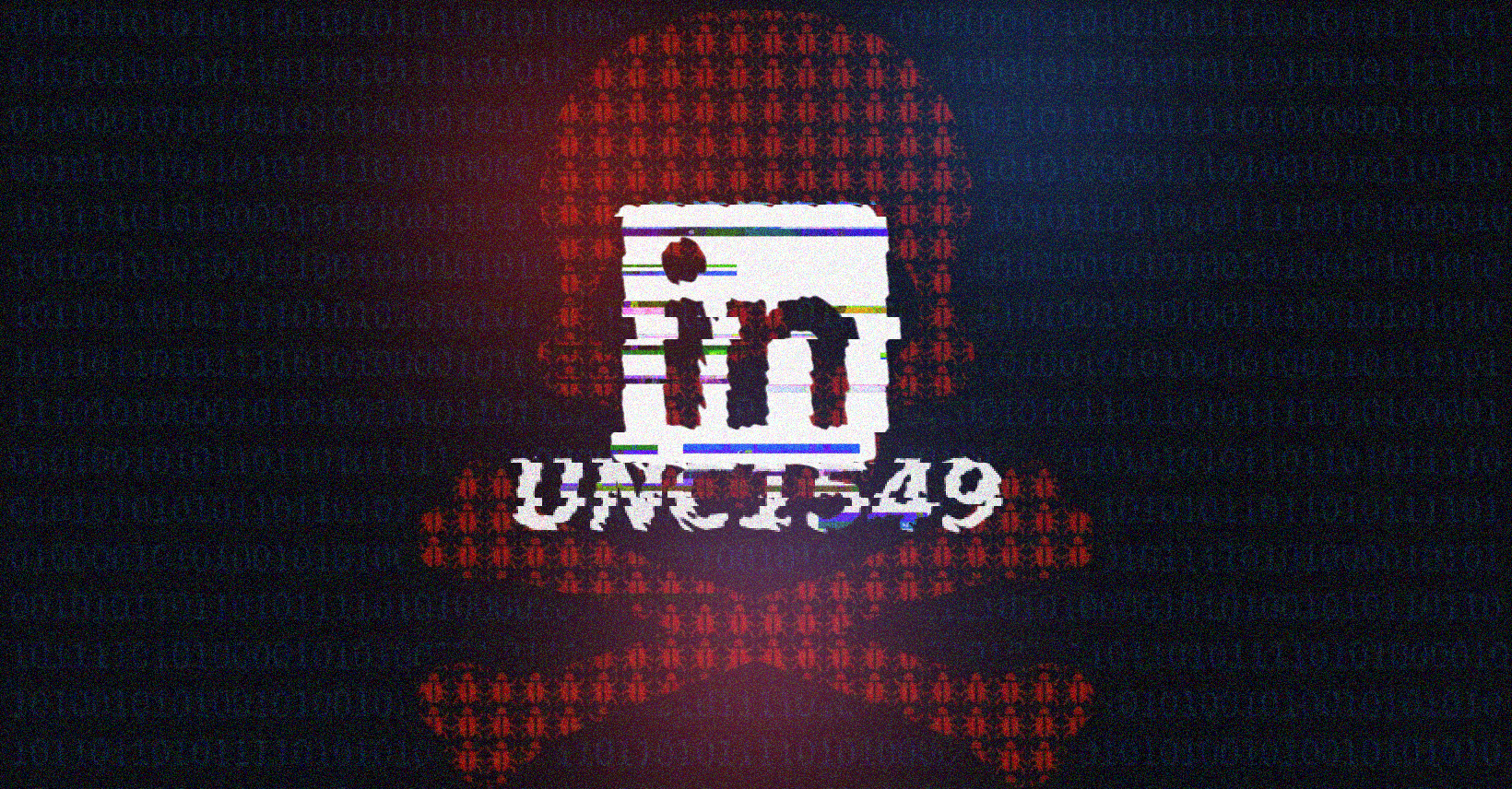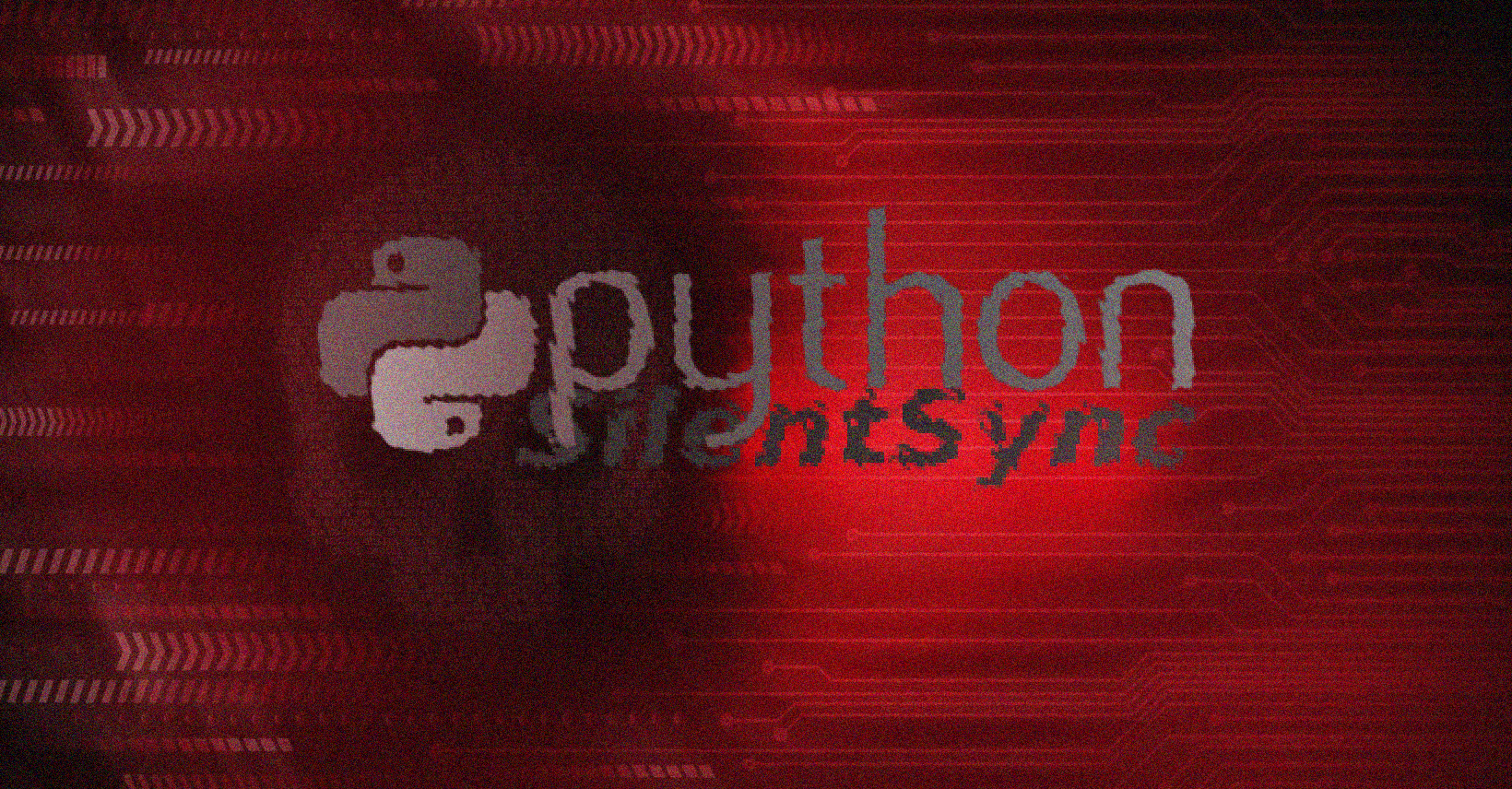Encountering a cryptic signing key error during apt update on your Kali install? You’re not alone. The Kali Linux 2025.1c update addresses a major issue—the team lost access to their repository signing key in April 2025, breaking updates for systems worldwide. Here’s how to get your penetration testing toolkit back online and secure.
The world’s most popular penetration testing distribution hit a wall this month when Kali Linux lost access to its repository signing key—the cryptographic backbone that verifies every package download. Without it, security professionals worldwide found themselves locked out of critical updates and new tool installations, creating an ironic vulnerability in a platform designed to find them. The Kali team has rolled a replacement key, but getting back online requires manual intervention from every affected user.
Why Your System Might Be Affected by the Kali Linux 2025.1c Update
Package signing works like a digital seal of approval—developers use cryptographic key pairs to create signatures that prove their software hasn’t been tampered with during distribution. When your system encounters a package, it checks this signature against known public keys to verify authenticity before allowing installation. It’s a crucial security mechanism that blocks both malicious code and, unfortunately, legitimate updates when signing keys go missing or expire.
April 2025 became a headache month for Kali maintainers when they lost access to their repository signing key—effectively locking out every existing installation from receiving updates. Any Kali system deployed before the key rollover now throws signature verification errors during package updates, creating a security paradox where users can’t install the very patches designed to protect them. It’s the kind of infrastructure failure that turns a routine apt update into a cryptographic crisis.
How To Fix It
Spotting the signing key problem is straightforward—if your Kali installation predates April 2025, you’re almost certainly running the old key. The telltale signs appear when apt update fails with signature verification errors or missing key warnings, though you might also catch these failures lurking in system logs if you’ve got automated updates configured. The error messages are hard to miss once they start appearing, turning routine maintenance into a frustrating puzzle.
The solution splits into two camps: users running Kali Linux version 2025.1c update or later can breathe easy since the updated keyring ships pre-installed with these releases. Everyone stuck on earlier versions faces the manual route—downloading and installing the new signing key themselves to restore repository access.
To do so, open a terminal and run the following command: sudo wget https://archive.kali.org/archive-keyring.gpg -O /usr/share/keyrings/kali-archive-keyring.gpg. After that, run: sudo apt-get update. This will restore your system’s ability to verify Kali’s package signatures and safely receive updates again.
Kali Linux didn’t just fix the signing key crisis—they’ve rolled out major usability upgrades that transform how security professionals navigate the platform. The newly revamped Kali Menu now maps directly to the MITRE ATT&CK framework, turning tool discovery from a hunting expedition into a strategic workflow that mirrors real-world attack and defense scenarios.
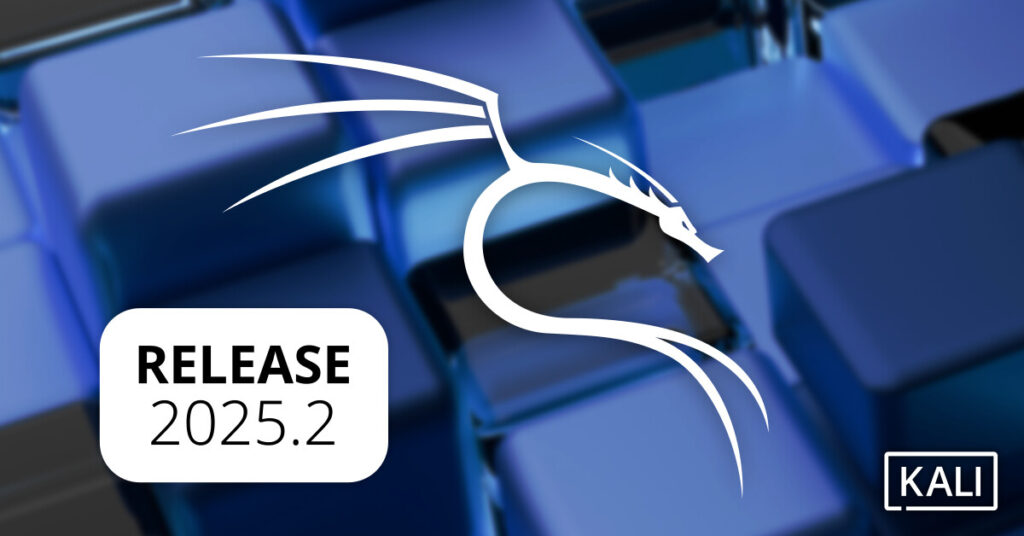
Kali Linux (via kali.org)
The update doesn’t stop at infrastructure fixes—it packs over a dozen fresh tools into the arsenal. Standouts include Azurehound for deep Microsoft Azure reconnaissance, binwalk3 for dissecting firmware internals, and bopscrk for generating intelligent wordlists that actually work in real-world password attacks.
The tool expansion continues with fresh options for vulnerability discovery, shellcode manipulation, and deep network protocol analysis targeting LDAP and Kerberos environments. Desktop environment upgrades to GNOME 48 and KDE Plasma 6.3 deliver smoother workflows, while Raspberry Pi performance optimizations ensure the platform scales from enterprise penetration tests to portable field operations—cementing Kali’s reputation as the Swiss Army knife of offensive security.
Kali Linux’s April 2025 signing key crisis turned into an unexpected showcase of how to handle infrastructure failures while pushing the platform forward. What started as a repository lockout affecting thousands of security professionals became an opportunity to deliver the newly revamped Kali Menu with MITRE ATT&CK framework integration, over a dozen new reconnaissance and analysis tools, and significant desktop environment upgrades. Users on Kali Linux version 2025.1c get the fixes automatically, while earlier installations need a simple manual key update to rejoin the party. It’s damage control done right—acknowledging the problem while demonstrating that even security platform setbacks can drive meaningful innovation.

